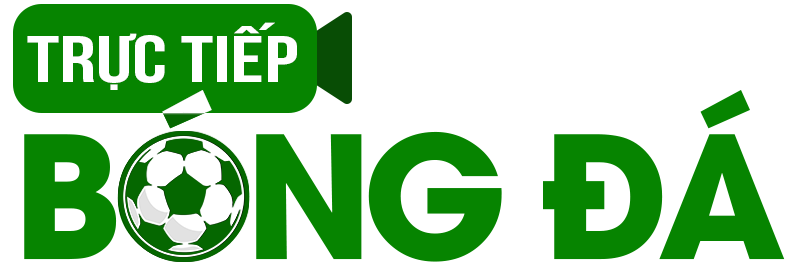Once a month or so I will see an otherwise young and healthy person at work who is concerned that he or she might have had a stroke.They feel otherwise well, don’t take regular medication, and are not suffering headaches.They look like this :
This condition is called Bell’s Palsy, or idiopathic facial paralysis.Idiopathic just means that we’re not sure what’s caused it most of the time, although some cases are due to a Herpes infection around your ear, or a middle ear infection.The underlying mechanism(and you will be pleased to know that you will need a bit of anatomy explained to understand this properly)is damage to the facial nerve(the nerve that supplies the muscles of facial expression) somewhere in its course from the brainstem to the face, be that by infection, trauma, disturbed blood supply or other causes.
So you might ask, why does this pic look so much like granny when she had her stroke last year ?
First, we need to see how the muscles of facial expression are innervated, meaning how they get their nerve supply, and from where within the brain.
Here is how it works(pic from the Wiki page) : A nerve consists of its nucleus(the cell body)and root fibres.The nucleus of the facial nerve(which is the 7th cranial nerve out of 12)sits in an area of the brainstem called the pons.From there its fibres take a complicated course through the subarachnoid space and finally into a bony canal into the ear.In its course through this canal it lets off branches to all the muscles of facial expression, the parotid and various tear and salivary glands, the stapes in your middle ear, and finally some taste buds on your tongue.
What you can also see in this pic is what’s called the supranuclear innervation of the nerve, which means that above the nucleus of the facial nerve sits a centre in the brain(the prefrontal, or motor cortex)that controls the innervation, and fibres(more exact, a tract of fibres)lead from this area in the brain to the facial nucleus.
Now, the important thing here is, that fibres from both sides of the brain innervate each nucleus of the facial nerve in the areas responsible for the muscles of the forehead.So when you have a stroke (that typically causes damage to this motor cortex inside the brain), you can still wrinkle your forehead.But with Bell’s Palsy, where the damage is to the nerve root below the nucleus, you lose that function, and therefore one of the cardinal signs of Bell’s is weakness or paralysis of the muscles of the forehead.
So now we can explain the symptoms of Bell’s Palsy, based on the anatomy we learned, and the course of the facial nerve through its bony canal onto the face : One-sided facial weakness including the forehead, inability to close the affected eye, which may dry out and become infected, loss of hearing or hyperacusis, loss of taste to the tip of the tongue, loss of salivation. Weakness of the arm or leg are not part of Bell’s Palsy, neither is a loss of sensation to the skin of the face(although some patients report this), and these symptoms would warrant further investigations and a CT scan, which you do not need if the diagnosis of Bell’s Palsy is obvious.
So what do we do about it ? The course is usually benign, and in most cases patients completely recover within 3 weeks to 3 months, about 20% take 6 months or longer to recover, and some will have residual facial weakness.
In terms of treatment options, we have 2 weapons in the arsenal, both depend on us getting in early, and need to start within 72 hours of symptom onset to be of any benefit.The mainstem is corticosteroids, given as tablets, usually in doses of 50mg/day for a week or so, and some people advocate the use of antivirals like Acyclovir, although their benefit is controversial.Otherwise supportive measures like liquid tears, or an eye pad, can help prevent the eye from drying out.
